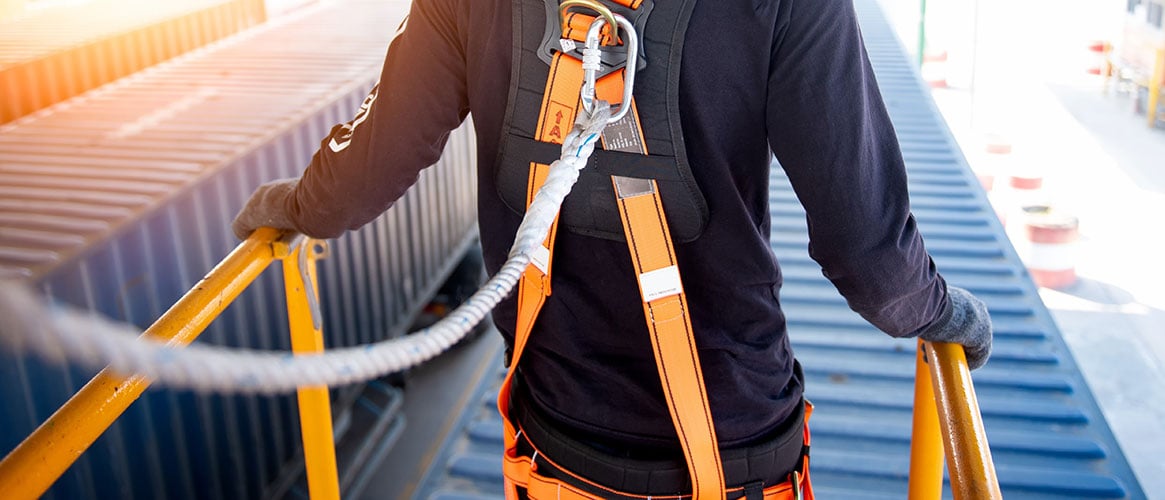When an employee is suspended in a fall arrest harness, they are at risk of suspension trauma and need to be rescued right away. While the harness stopped the fall, it’s holding the worker in a vertical position with the legs dangling. Suspension trauma occurs as the blood pools in the legs, reducing blood circulation and depriving the brain of oxygen. This can result in serious injury to the worker. Death can occur in less than 30 minutes.
Suspension trauma includes these symptoms:
- Losing consciousness within three to five minutes.
- Dizziness, nausea, paleness, or narrowing of vision.
Do your employees know what to do if they are suspended in a fall arrest harness? Do your employees know how to rescue a coworker that's suspended in a fall arrest harness?
What your employees need to know about being suspended in a fall arrest harness

While coworkers immediately begin the emergency response, the trapped worker can actually help in their rescue by keeping their blood circulating.
One way to do this is to deploy the foot straps. Once deployed, workers stand on the foot straps to keep the harness from cutting off blood flow to and from their legs. The improved circulation provides more time for rescue procedures.
Other things workers should know when suspended in a fall arrest harness are:
- Continuously pumping the legs activates the muscles and keeps the blood circulating.
- Pushing off against a hard object, like a nearby building, helps keep the muscles active. As the worker swings away from the building, they will eventually swing back toward it, and can push off again.

